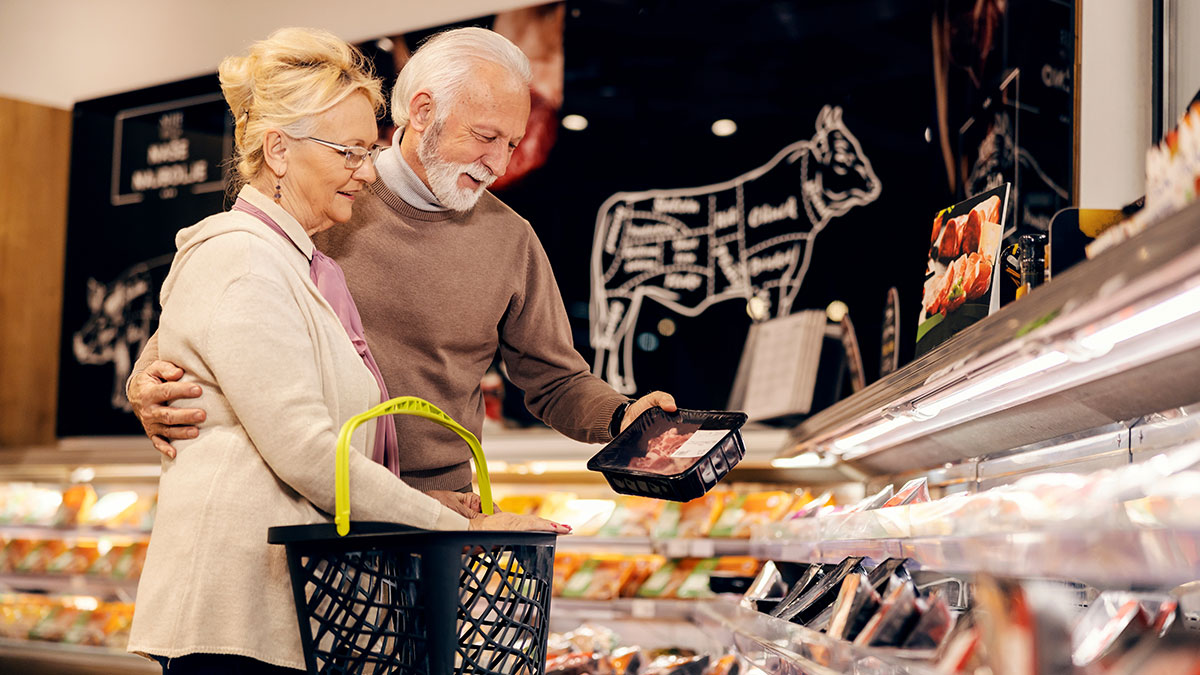By: Kelli Windsor, Senior Manager, Digital and Member Communications, Food Marketing Institute

A couple of years ago, I wrote about how grocery stores used social media with findings from our 2015 Food Retailing Industry Speaks report to make the case that the food retail industry was just beginning to dip their toe in the digital marketing and communications pool. In the 2017 edition of Speaks we again look at the channels grocery stores use for advertising and customer outreach and my how the times have changed!
Looking at advertising budget allocations, Speaks respondents indicate that from 2014 to 2016 they increased budget allocations in website, email marketing and social media advertising while decreased budget allocations in newspaper, radio and television ads. Interestingly, when you look at store size, smaller food retailers with one to 40 stores invest a higher proportion of their advertising budget in digital communications channels with higher budget allocations for website, email marketing and social media than chains with more than 40 stores. This suggests smaller retailers get more bang for their buck with digital communications channels and have shifted budgets to capitalize on this direct and targeted customer outreach.
For social media, at least two out of every three Speaks grocery store respondents report using Facebook, Twitter, Instagram or Pinterest for customer outreach. For the first time, Snapchat fell on the list of social media channels grocery stores employ, with 26 percent of respondents on the platform in 2017.
The communications channels grocery stores say they plan to use more in two years is of particular interest. Food retail respondents claim that in two years they will be using more digital communications channels, including social media, email, mobile ads, text outreach, blogs and beacon technology than traditional communications channels such as in-store promotion, direct mail, radio ads, TV ads and billboards. For example, 71 percent of respondents said they plan to use Facebook more in two years, but only six percent claimed they will be using the printed circular more.
We know that content is king. Digital platforms offer creative, new ways to connect with shoppers through the art of storytelling by engaging in brand journalism and content marketing strategies that take the shopper on a personalized experience. This means that as grocery stores shift to more digital communications channels they have the opportunity to offer customers a higher level of quality content and transparency—something we know shoppers demand from our U.S. Grocery Shopper Trends research. One thing is clear—when it comes to social media and digital advertising grocery stores have moved from the kiddy pool to the main pool and there is potential for them to wade even deeper.
Learn more about how grocery stores are using social media, digital communications and other valuable operations data at FMI.org/GrocerySpeaks.


 Industry Topics address your specific area of expertise with resources, reports, events and more.
Industry Topics address your specific area of expertise with resources, reports, events and more.
 Our Research covers consumer behavior and retail operation benchmarks so you can make informed business decisions.
Our Research covers consumer behavior and retail operation benchmarks so you can make informed business decisions.
 Events and Education including online and in-person help you advance your food retail career.
Events and Education including online and in-person help you advance your food retail career.
 Food Safety training, resources and guidance that help you create a company food safety culture.
Food Safety training, resources and guidance that help you create a company food safety culture.
 Government Affairs work — federal and state — on the latest food industry policy, regulatory and legislative issues.
Government Affairs work — federal and state — on the latest food industry policy, regulatory and legislative issues.
 Get Involved. From industry awards to newsletters and committees, these resources help you take advantage of your membership.
Get Involved. From industry awards to newsletters and committees, these resources help you take advantage of your membership.
 Best practices, guidance documents, infographics, signage and more for the food industry on the COVID-19 pandemic.
Best practices, guidance documents, infographics, signage and more for the food industry on the COVID-19 pandemic.
